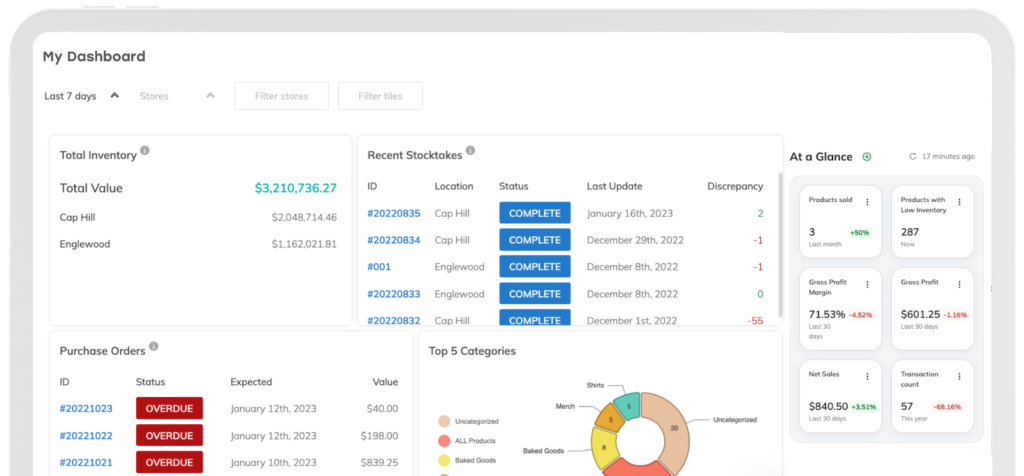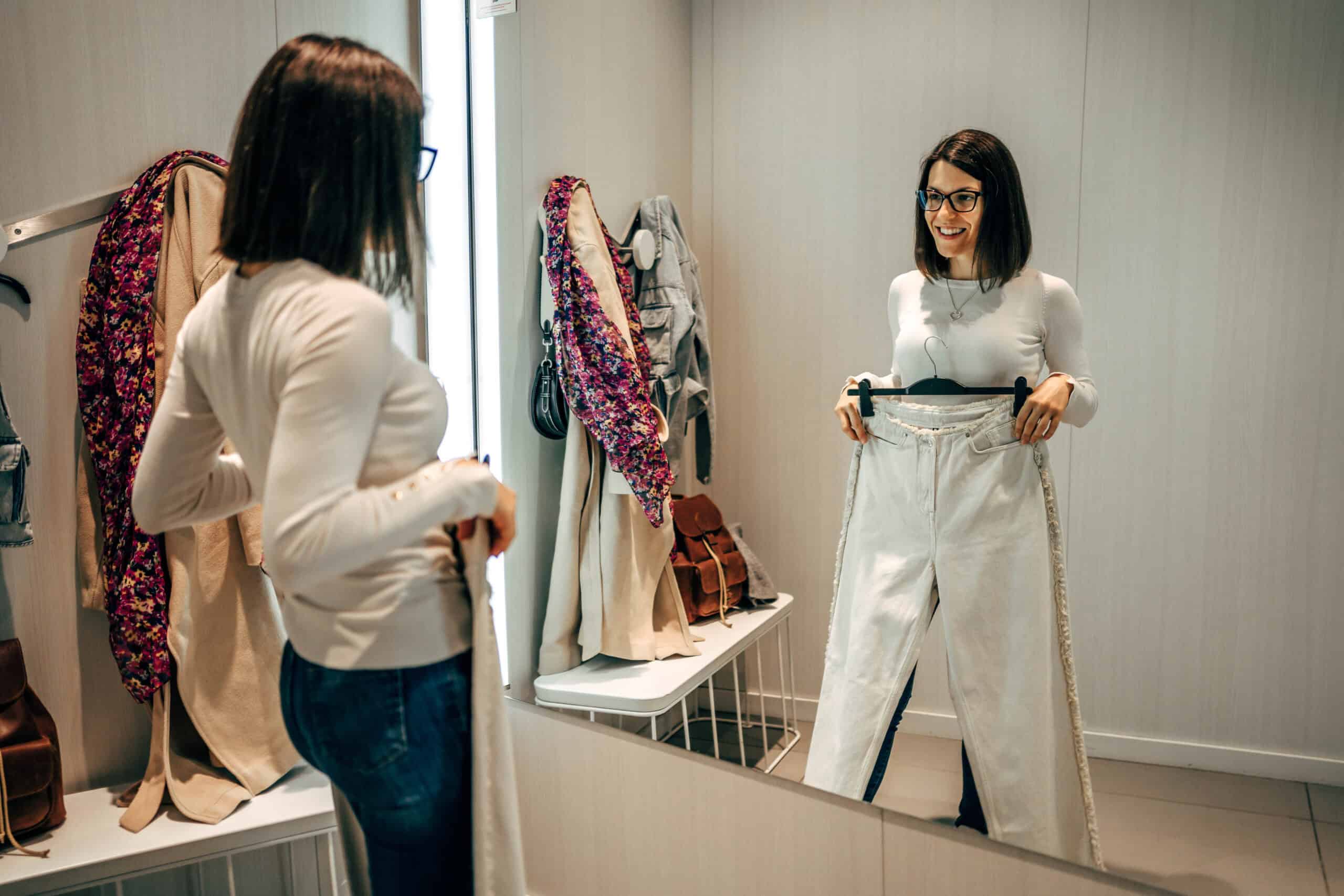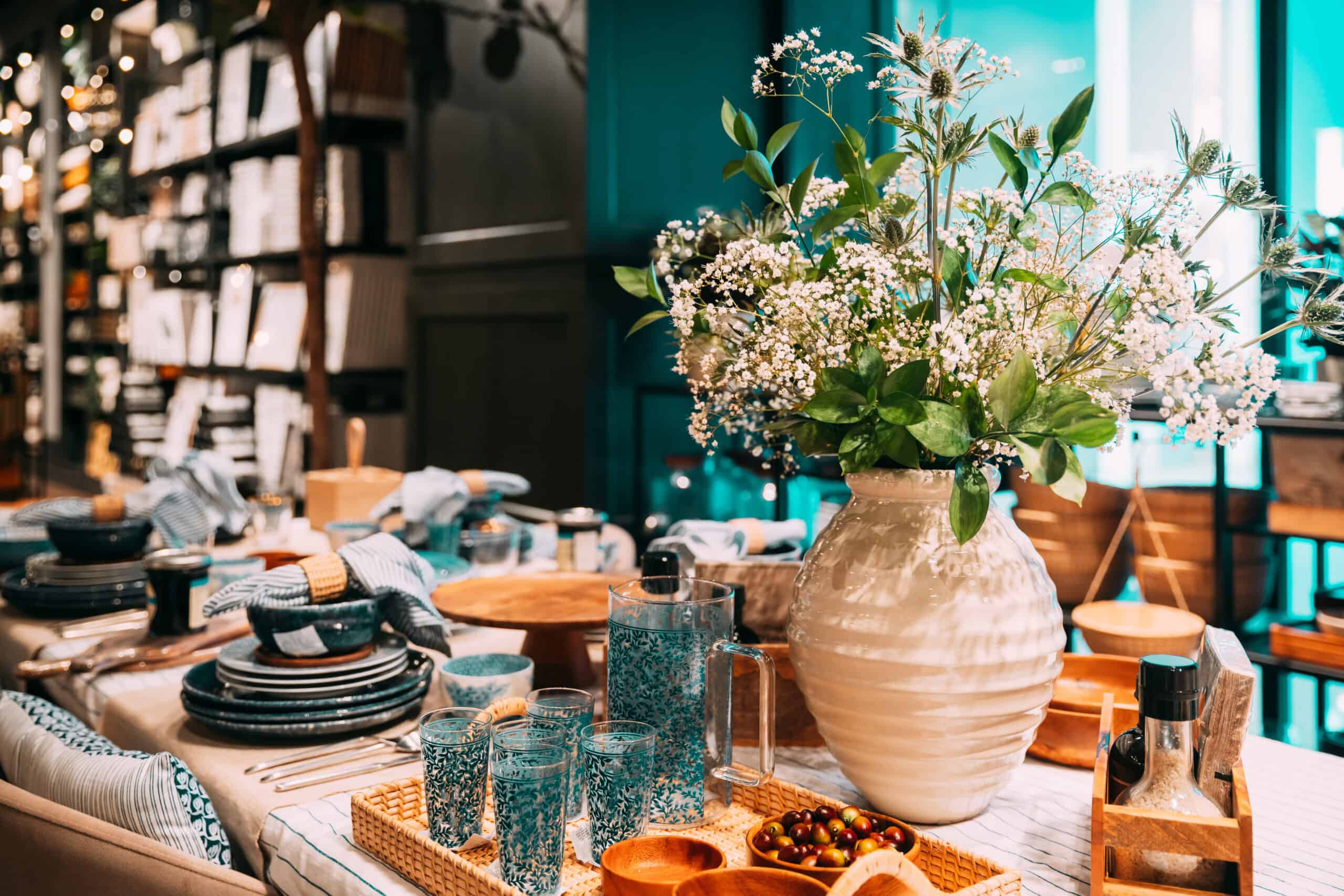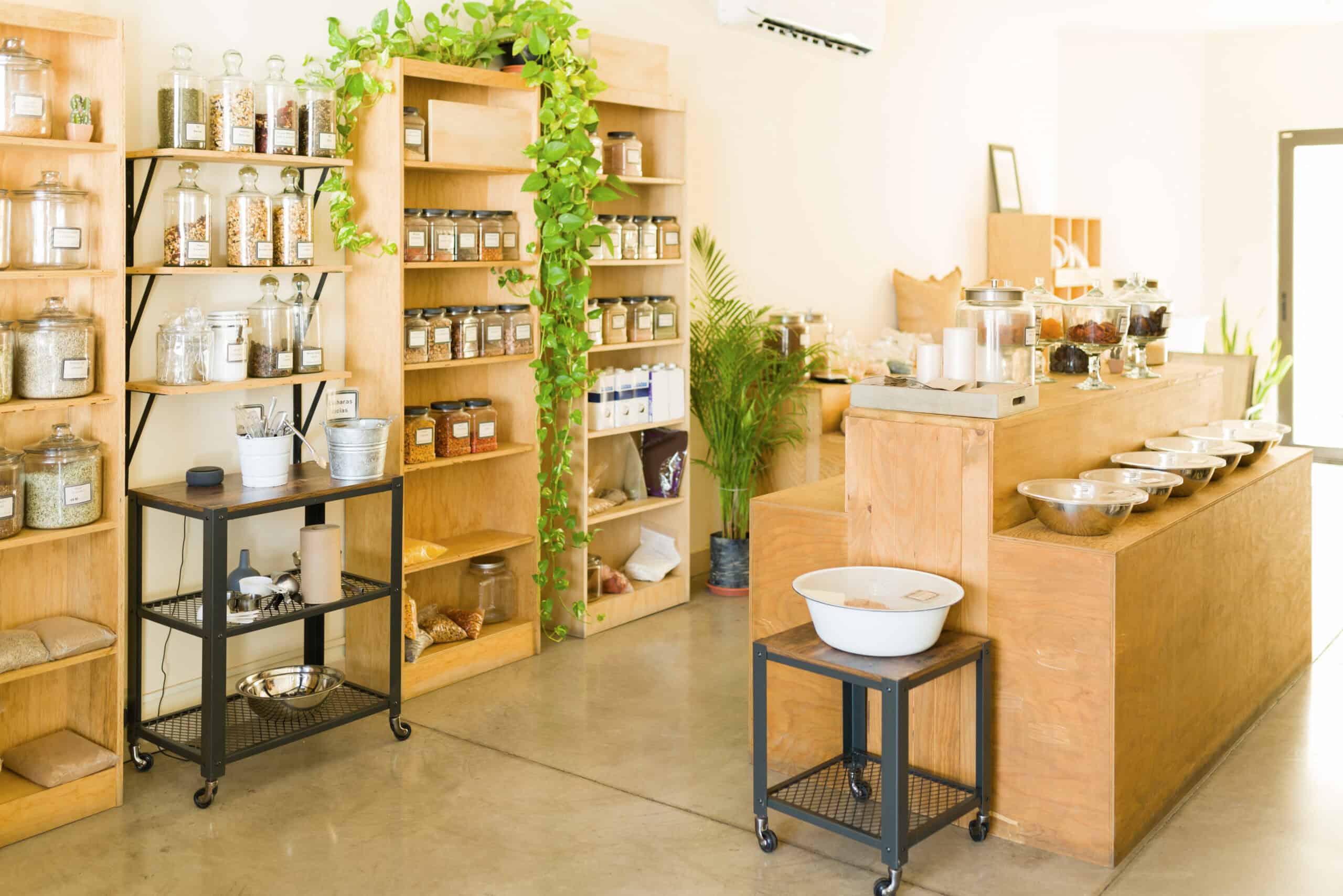
How “Community First” Experiential Retail Led To New Profit Channels For The Green Monkey
Imagine walking into a store that feels like a community hangout, with inviting activities happening all around you. Store associates hand you a gift just for stopping by. Interactive displays practically beg you to explore them. You can try out products before making a purchase. These elements are all part of an in-store shopping setup known as experiential retail.
With a touch of creativity and personalization, gift shop and neighborhood bar The Green Monkey excels at this retail strategy. This Raleigh-based small business takes an approach that makes shoppers feel less like they’re buying something and more like they’re having fun.
In an episode of The Power Up, The Green Monkey founder Rusty Sutton explained his approach to creating an innovative in-store experience. His strategy ensures that The Green Monkey sticks with visitors long after they’ve left the store.
What Is Experiential Retail?
Experiential retail is a marketing strategy that prioritizes immersive shopping experiences. You’ll focus on interacting with customers and making them feel connected to your brand instead of simply selling products.
Omnichannel selling — making your products available for purchase on many channels, including social media and physical stores — is a huge part of experiential retail. After all, you’ll need to prioritize engaging with shoppers through every part of their journey.
Why An Engaging Shopping Experience Gives You A Competitive Advantage
When you elevate your visitors’ experience, you show them how your business meets their needs beyond just your products. You also get them excited to keep shopping with you, building customer loyalty along the way. There’s data to back this: A Squire Patton Boggs survey found that 33 percent of consumers in the UK want a unique retail experience. Another 21 percent of consumers seek out fun and socialization in retail stores.
By prioritizing an interactive and immersive experience (alongside excellent customer service), in-store shopping becomes a new and irresistible destination. As more shoppers arrive to check out something unique, they’re more likely to spend more time in your store and explore a broader range of products. This makes experiential retail a valuable growth strategy and a novel way to build brand loyalty.
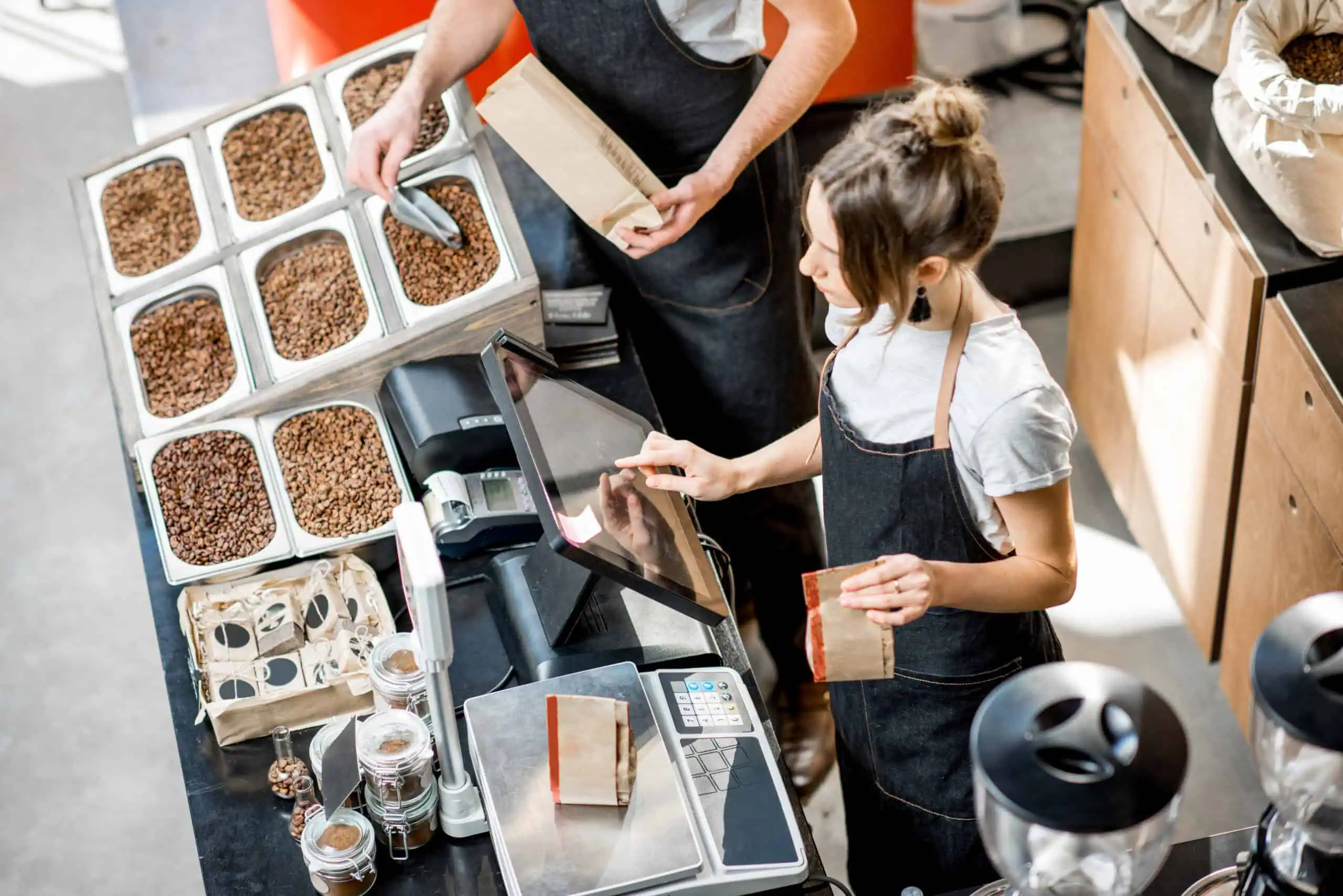
A memorable shopping experience also becomes a powerful marketing tool in and of itself, generating positive word-of-mouth among consumers. This is called experiential marketing, and it’s all about allowing customers to truly interact with your store and its space. As visitors engage with your shop in new ways, they’ll naturally share their experiences with friends and family. You’ll boost your bottom line while contributing to community-building around your brand. This effect is especially useful in your storefront’s earliest days — it attracts customers to your new business.
5 Exciting Types Of Experiential Retail Setups
1. Store-within-a-store setups
A store-within-a-store setup, which is a smaller establishment located within larger ones, is one such way to attract new shoppers to your retail store. Sephora inside Kohl’s is an example of a store-within-a-store setup.
This brick-and-mortar setup slows down the typical in-and-out nature of shopping and invites customers to linger, creating a sense of belonging. Shoppers take the time to browse and strike up conversations with others in the store. In this way, the business becomes more than a transaction point — it also serves as a social hub where people build community within a larger retail setting.
2. Community-focused events
Hosting community-focused events establishes a direct connection with local shoppers. By actively integrating into your town’s social fabric, you invite shoppers to meet and bond — perhaps over your products. This approach strengthens ties with consumers, who often appreciate brands that align with their local communities’ values.
For example, organize a community market that showcases products from local artisans. Invite performers to your experiential retail event, and consider adding a charitable component to give back to the community. During these events, you’re engaging customers and demonstrating your commitment to your neighborhood and the people within it.
3. Social spaces
Laughter and conversations are some of the best ways to bring people together. Incorporating social spaces, such as comfortable lounge seating areas, creates a natural environment for customer interactions. This design choice is all about promoting a retail environment that encourages visitors to linger, relax, and engage with each other in your brick-and-mortar store.

If, for example, you own a bookstore, you might consider adding reading nooks and communal seating areas. This way, your retail store offers more than shelves of books for purchase. Instead, you host a place where customers foster a genuine sense of connection with one another. Providing much more than just a store makes people more likely to shop with your business.
4. Activity spaces
When you incorporate activities into your storefront, you take customer engagement to levels online shopping can’t meet.
Activity spaces unite people with similar interests. A great example of this retail concept is House of Sport by Dick’s Sporting Goods. A rock climbing wall, sports field, cleat shop, and service center are among the featured spots in each of these multifaceted environments. At House of Sport locations, consumers can test sports equipment and participate in interactive activities such as mini-golf before making a purchase. This experiential retail strategy caters to customers’ practical needs and creates a vibrant space for sports enthusiasts to connect.
Another way to turn your brick and mortar store into an experience is with sensory marketing initiatives tied directly to your products. This tactic involves engaging customers’ senses throughout your shop, using scent, visuals, music, and tactile experiences to strengthen brand loyalty. Tester lotions, playing soothing nature sounds, and offering swaths of fabric to feel are all ways to engage shoppers through sensory marketing.
5. Workshops
An in-person workshop enables customers to enjoy hands-on learning experiences related to your retail business. If, for example, you own an art supply store, invite painters to teach classes about basic art techniques.
Furniture retailer West Elm illustrated this concept through its Local Experiences program. The series of workshops connected consumers with local artists who shared their talents and expertise. Customers became active participants in an artistic community as they attended sessions in metalworking, indigo dyeing, and sketching. This setup allowed shoppers to acquire new skill sets and get to know artists and fellow participants, all through the West Elm brand.
How The Green Monkey Created A One-Of-A-Kind Retail Experience
Turning customers into a community
The Green Monkey launched in 2007 at the Raleigh Flea Market, where founder Rusty Sutton sold quirky gifts at a booth. After years of lessons and evolution, Sutton transformed the concept into a physical retail location in 2013. The store now doubles as a neighborhood bar and vibrant community hub. It’s that easy for Raleigh locals and visitors alike to get fun home goods and a great drink — and overall experience — in one fell swoop.
A key aspect of The Green Monkey’s strategy is its focus on creating an engaging and welcoming atmosphere for shoppers. This simple gesture breaks the ice for new customers and establishes a positive, memorable first impression.
“Every person [who] walks through the door, whether they buy anything or not, we greet them and give them a free gift,” Sutton says.
The business also goes beyond being a traditional retail space — it hosts in-store events that bring the Raleigh community together. The Green Monkey’s dedicated space, the Monkeyverse Fellowship Hall, is home to social gatherings, pop-up shops, Wednesday night trivia, and many other local events.
“If you give someone a good time, they’re going to remember that, and they’re going to come back,” Sutton said. “[It’s] important to people to have a safe space to come be themselves and meet the friend they didn’t even know they hadn’t met.”
A shopper-focused approach
At The Green Monkey, the process for determining which products to bring to shoppers is straightforward. Sutton surveys Green Monkey shoppers and tracks and analyzes consumer behavior and data, including visits, purchase history, and preferences. He uses these insights to create a loyalty program that provides tangible benefits such as discounts or free items based on accumulated points.
Sutton’s consistent efforts toward creating a community space have yielded proven results. Customers of The Green Monkey have formed a tightly knit community and affectionately coined themselves the “Monkey Fans.” This endearing nickname captures the unique bond shared among patrons who have become more than shoppers — they’re integral members of a thriving community.
Experiential Retail Helps Stores Thrive Inventory
From rock climbing walls to interactive workshops, there are endless experiential retail examples to leverage in your business. Whether you own large retail stores or a single-location microbusiness, aligning your strategy with your brand, products, and services keeps your experiences relevant and resonant. To learn more about how experiential retail works in practice, listen to The Green Monkey’s episode of The Power Up podcast for ideas and tips.
The Newsletter For Small Businesses
Weekly expert insights, industry trends, and inspiring stories designed to help you run your business with confidence.
The Only Inventory System That Actually Helps You Run A Healthy Business
Thousands of customers all over the world use Thrive Inventory to run a healthy business.
Thrive Inventory gives you control over all your inventory, sales channels, and metrics, allowing you to make the right decisions at the right time.
Keep Reading

The Newsletter For Small Businesses
Weekly expert insights, industry trends, and inspiring stories designed to help you run your business with confidence.
Try Thrive Inventory For Free
Add Thrive Inventory to your business and maximize your potential. With powerful and easy-to-use products, it’s time to take control of
your business and see what you can do with Thrive.
